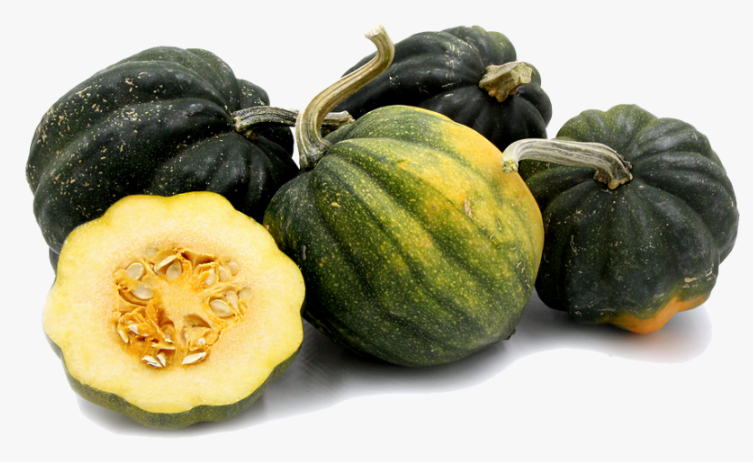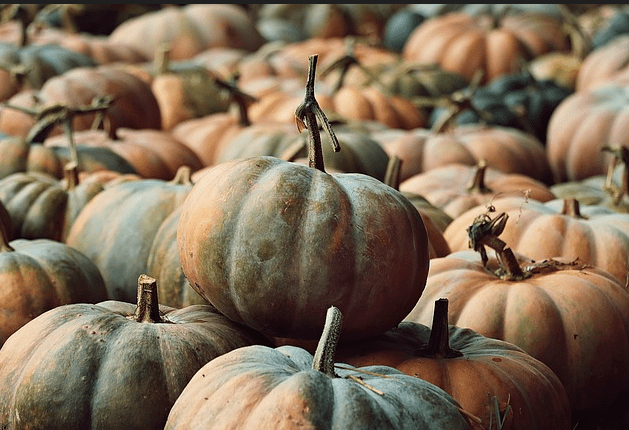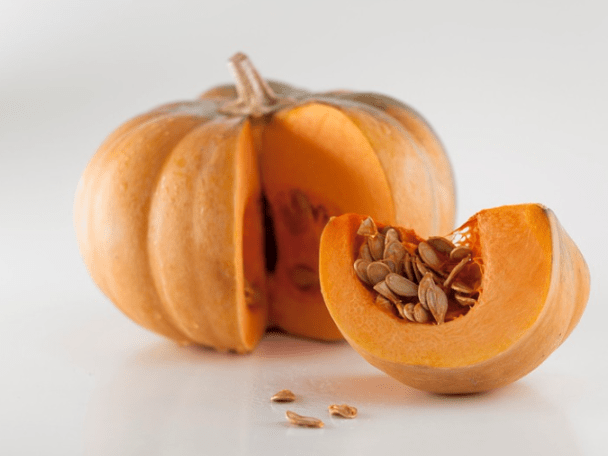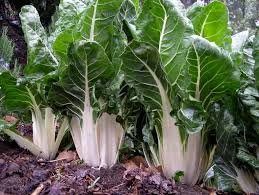Pumpkins of various types and varieties have reviewed in our newsletter more than once, so today I have decided to dedicate it to a general overview of the main pumpkins found in Israel: field pumpkin, acorn squash, butternut squash, and Japanese pumpkin. All of these can be found in our store this week.
As hinted in the subtitle, for most people, the first association with pumpkins is a wintry one. It's no wonder that pumpkins feature prominently in Halloween, a holiday that is part Christian, part pagan, celebrated throughout Western Europe and North America. Halloween occurs on the last day of October, often signaling the arrival of winter, with pumpkin-themed decorations and foods such as bubbling stews and soups. Sounds wonderful, but not in mid-July.
So why this summer flood of pumpkins, and what can we do with them?
Pumpkins have many references and echoes in popular culture, not just in Cinderella. In regards to Halloween, pumpkins have become one of its biggest icons thanks to an Irish tradition called Jack-o'-lantern, which arrived in the United States in the 19th century along with millions of hungry Irish immigrants. This tradition involves carving a pumpkin into a scary face and placing candles inside, creating a rather spooky display at night.
Pumpkins star in many other legends as well, perhaps most famously in the story of the woman who lived inside a pumpkin. These numerous echoes are surprising because in most of these places, the pumpkin story is quite new.

Botanically, the pumpkin is part of the gourd family, which is widespread worldwide. Cucumbers, zucchinis, melons, and watermelons are all pumpkin relatives. However, most common pumpkins originate from North America, so it is likely that before the mid-17th century, only few Irish people knew about pumpkins.
Field pumpkins, acorn squashes, and butternut squashes all came to Europe and Asia directly from North America. The case of the Japanese pumpkin is a bit more complex but is the same ides. This variety arrived in Japan towards the end of the 16th century and underwent natural selection and breeding, making it a typical endemic Japanese variety. It likely originally came from the Mississippi Valley, where indigenous Americans (the Indians) domesticated and cultivated various pumpkin varieties at least two thousand years before the white man had encountered them or the pumpkins.
In any case, the pumpkin quickly became a local and widely grown plant in most of the world, including the Mediterranean basin and Israel.

Evidence that the pumpkin is an established (albeit relatively new) crop in Israel can be found in the name of the Arab village 'Kafr Qara'. In Arabic, 'Qara' means 'pumpkin.' Given that Kafr Qara was founded in the 18th century, about 250 years ago, it can be assumed that pumpkin cultivation was common in our region at that time.
As mentioned, although pumpkins are considered a winter vegetable (botanically a fruit), their adaptation to different climates and generations of selective breeding have made them a plant that can be grown in multiple cycles and is not bound to a single season. So what can you do with it in the summer? Well, for starters, I consider pumpkin the perfect antipasto.
When I want antipasto, I simply take one of the small pumpkins (acorn, butternut, or Japanese), slice it, grill it in the oven with a bit of coarse salt, cool it down, and serve. I also like to include raw grated pumpkin in salads.
My favorite pumpkin dish is what I call – pumpkin gazpacho. Yes, just like cold tomato soup, try the pumpkin version. You won't regret it.









